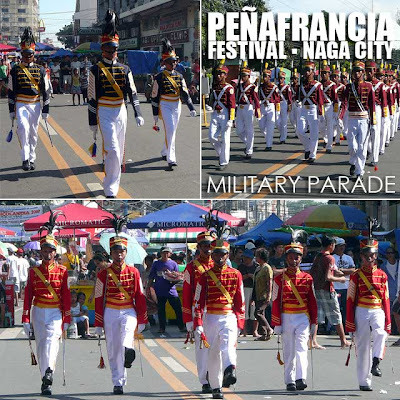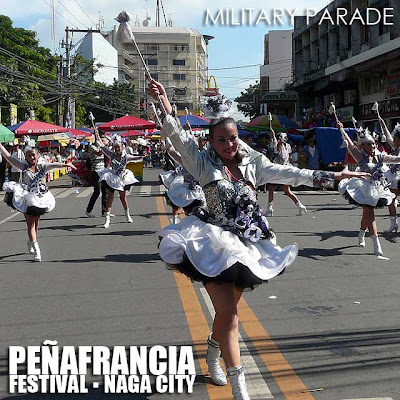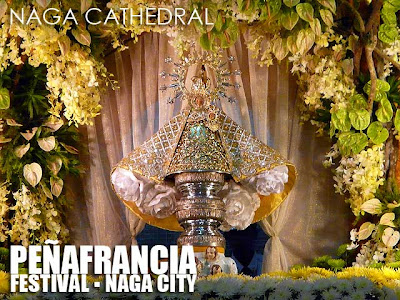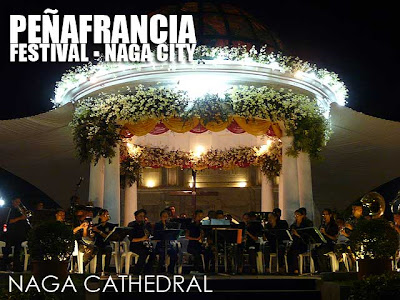
Dapitan, Zamboanga del Norte will always be synonymous with National Hero Dr. Jose P. Rizal. In fact, the structural works of Rizal still exist in Dapitan until today. There are in fact three declared cultural properties in Dapitan all relating to Rizal, namely the Relief Map of Mindanao, the Rizal Shrine and the Dapitan Plaza Historical Landmark.

We first visited the monument which was constructed at the site where Rizal landed when he arrived in Dapitan in 1892. It's a tableau of statues depicting the events of his arrival. There is a marker of the National Historical Institute there to mark the event. It reads: On this beach of Sta. Cruz, Jose Rizal landed at 7:00 o'clock p.m. on July 17, 1892 to begin a life of an exile in Dapitan. With Captain Delgras and three artillery men, they walked through Sta. Cruz Street with a "farol de combate" to the Casa Real where he was presented to Don Ricardo Carnicero, Spanish Military governor of the District.
From there, we proceeded to the Dapitan Town Plaza which is a National Historical Landmark. Another NHI marker can be found there. It states that the plaza was layed-out according to the plans of Rizal while he was exiled there from 1892 to 1896 and that he himself planted the acacias around the plaza. He also provided the lighting system of the plaza powered by coconut oil which he funded from a payment of a British patient.

The Relief Map of Mindanao, a National Cultural Treasure, can also be found in the same plaza, right on front of the Dapitan Church. It was Rizal and his former teacher Fr. Francisco de Paula Sanchez, S.J. who constructed the map with the help of the church staff and the students of the parochial school of Dapitan in 1892. The map was restored during the term of Zamboanga Governor Jose Asiniero, a former student of Rizal.
Inside the Dapitan Church is another NHI marker which is located in the spot where Rizal stood every time he heard Mass. The marker reads: On this spot of St. James Church contructed by the Jesuits, Rizal stood while hearing Mass every Sunday during his exile in Dapitan in 1892-1896.

Around the plaza are several heritage structures including the City Hall of Dapitan, ruins of the Parochial School, and several ancestral houses. An NHI marker can also be found in the site of the Casa Real. It reads: This is the site of the Casa Real, official residence and administration building of the politico-military governor of the district. Here Rizal lived as an exile from July 17, 1892 to March, 1893 when he was transferred to Talisay, now the Rizal Dapitan Shrine.


Our last stop for the afternoon was the Rizal Shrine, a National Shrine, where replicas of Rizal's house, classroom, clinic and other structures can be found. Also at the shrine is the rock where Jose Rizal and Josephine Bracken got married and the water system which Rizal constructed. There is also a museum which contains several personal items of Rizal including his clothes.

There are at least two NHI markers at the Rizal Shrine including one at the spot where Rizal left for Manila on July 31, 1896 with his family and friends, ending four years of fruitful exile in Dapitan.
There are two other towns with works and properties of Rizal, namely Dipolog and Kalayaan.
Part 1: Dakak Park Beach Resort in Dapitan






















